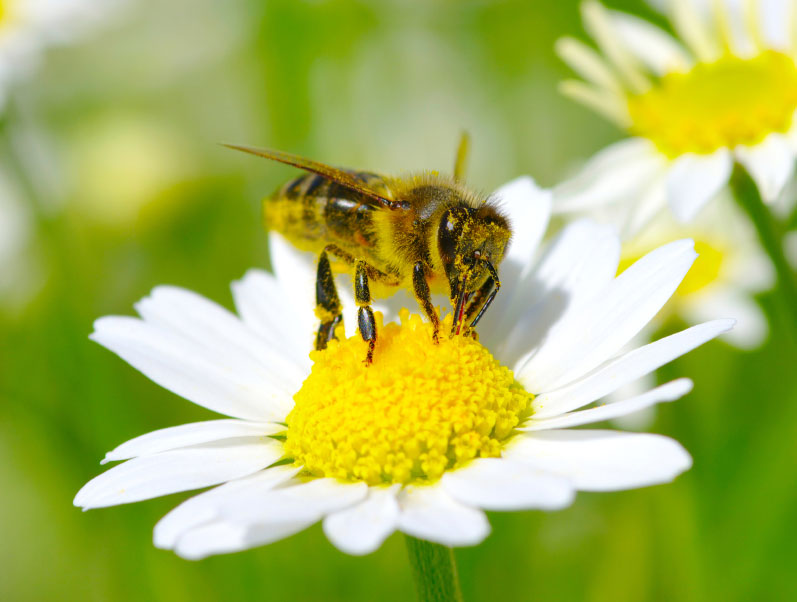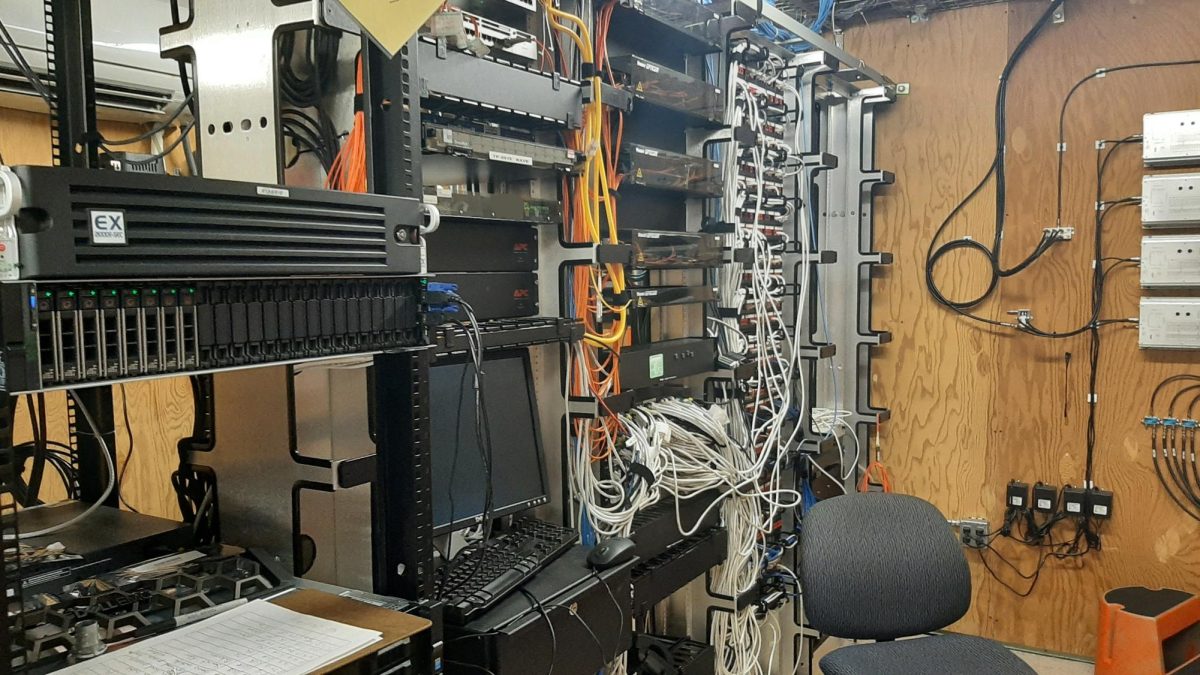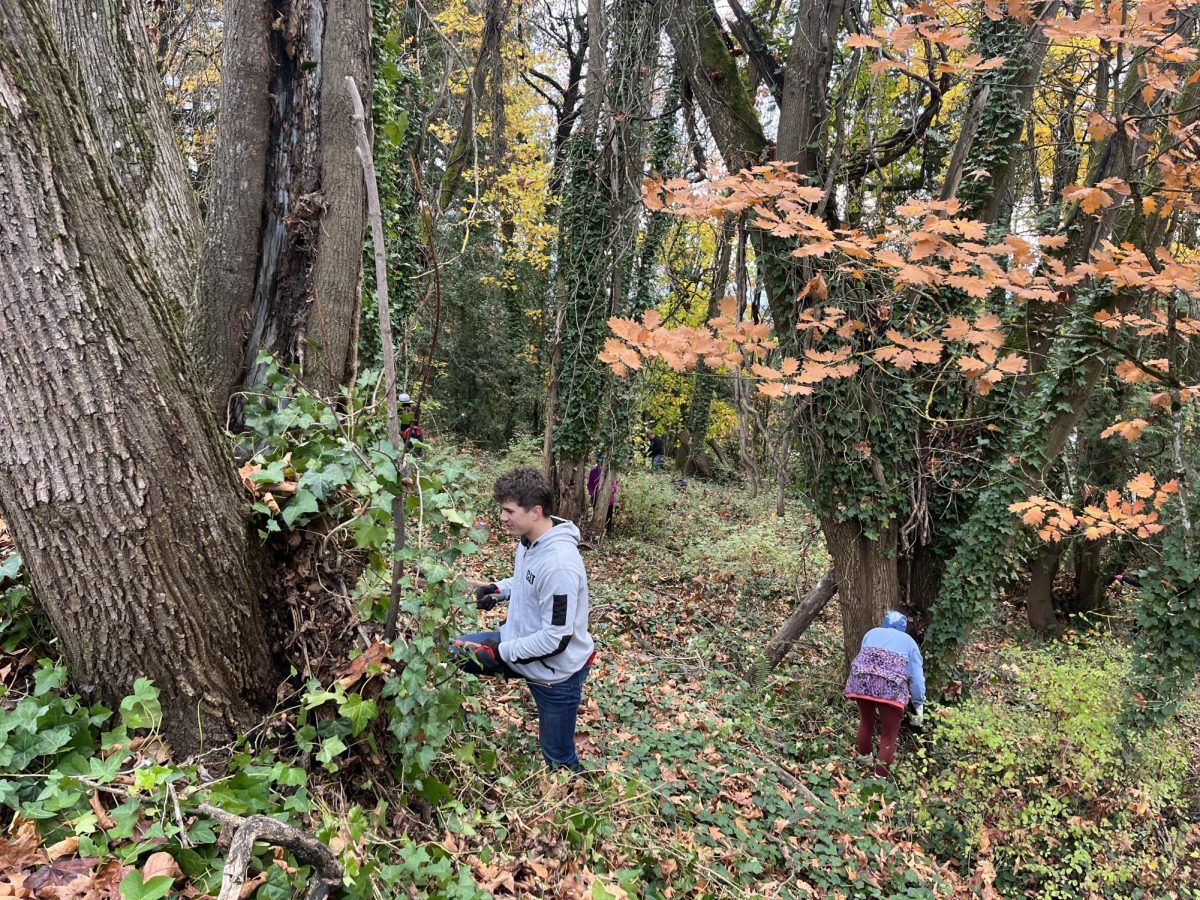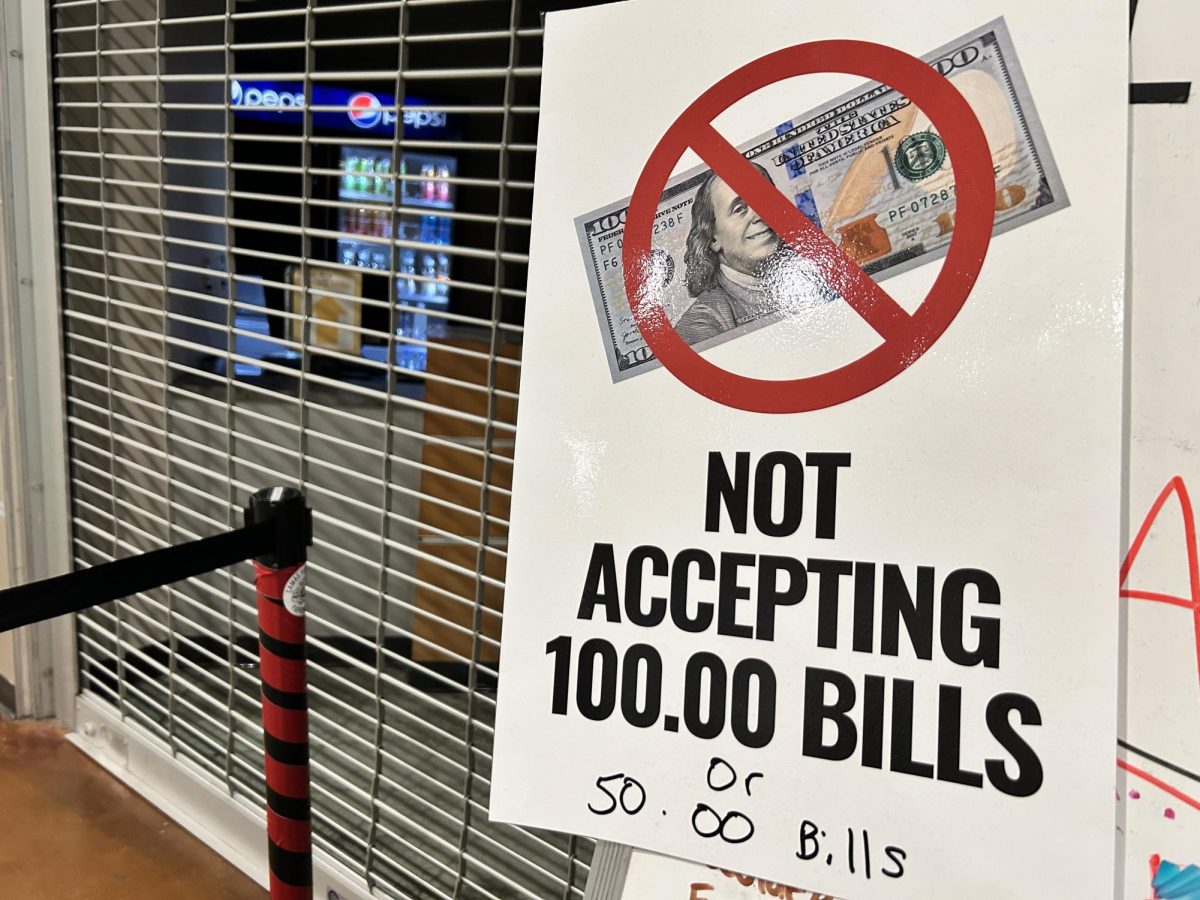The honeybee population is in danger. It has decreased so much over the past few years that they are now being recommended for the endangered species list. Humans rely heavily on honeybees, so this is a big problem.
Bees save the global economy an average of 281 billion dollars through their pollination work every year. That is no small sum. The world relies on bees and other pollinators to maintain their crops, especially in the US, where honeybees are responsible for pollinating approximately 80 percent of all fruit, vegetable and seed crops. It is no surprise that many scientists are concerned about bees’ recent decline.
In the last year, commercial beekeepers lost 40 percent of their colonies to an assortment of problems including destructive agriculture, a decline in available food, and climate change. When combined, these three issues are a deadly threat to the bee population humans have grown to rely on.

Pesticides, though not usually fatal to bees, have a negative effect on their immune system and often make them susceptible to viruses like the Varroa Mite. This ravaging virus causes colonies to collapse and is easily spread, which can be problematic for beekeepers with many hives. A weak immune system makes them susceptible to other diseases and debilitates the bees overall, particularly in the winter.
Bees are also dying due to a food shortage. Deforestation is a huge problem for bees because they rely on wildflowers and other plants for food. In places like Camas, where homes are being constructed everywhere, bees lose valuable fields and woods that provide them with food and a home. As the human population continues to grow, and expand, this problem only increases for the honey bees.
Climate change has a similar negative effect on the bee population. Beekeepers already expect to lose a small percentage of their colonies over the winter when food is scarce and the weather is cold, so the new weird weather patterns are no help to the bee population. The surprise snow storms and other unpredictable weather are straining on a bee, only increasing their rapid decline. When the hive in not prepared for the cold weather, the bees can get caught out in the cold, often resulting in death. The colonies also do not get enough time to produce the amount of honey needed to survive winter.
Though the population is decreasing at an abnormal rate, the concern right now is not one of extinction, but one of expense. Already the price of queen bees has risen to $20 and the cost of bee pollination has gone from $70 to $175. If this rise continues, beekeepers will not be able to afford their profession without insanely high rates. Bees will become too expensive to maintain unless action is taken to prevent this decline.

Here in Washington, a huge agricultural state, this problem should be a major concern. Yet not many people know about the bee problem here in Camas. The two underclassmen questioned about the bees could only relate the question to the popular hashtag, #savethebees. Other than that, they were uninformed on the depth of the issue.
Madison Child, a Camas junior, knew a little bit more about the bees, stating, “The decrease in the bee population is scary. I don’t see nearly as many bees around here as I used to.”
Morgan Winston, a Camas senior, was even more educated on the topic: “I did a presentation on honeybees and how important they are to our way of life. If all of the honeybees die, we will only have around four years to live.”
Mrs. Bridges, a Camas AP Government teacher, is concerned for the bees. Though she says she does not know too much on the matter, she said that if she were Secretary of Agriculture the bee problem would be her top priority!
Luckily there are many states hoping to rectify the problem. In the lead is Iowa. In the town of Cedar Rapids, Iowa, 1,000 acres have been dedicated to creating a pollinator paradise. Already the town is seeding almost 200 acres of wildflowers and prairie grass to help attract bees to a place to eat and live. With plans like this, hopefully, we can #savethebees.








































